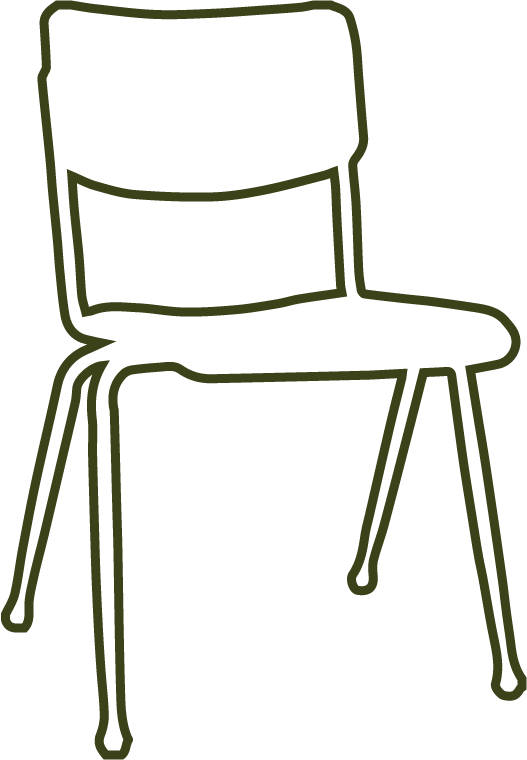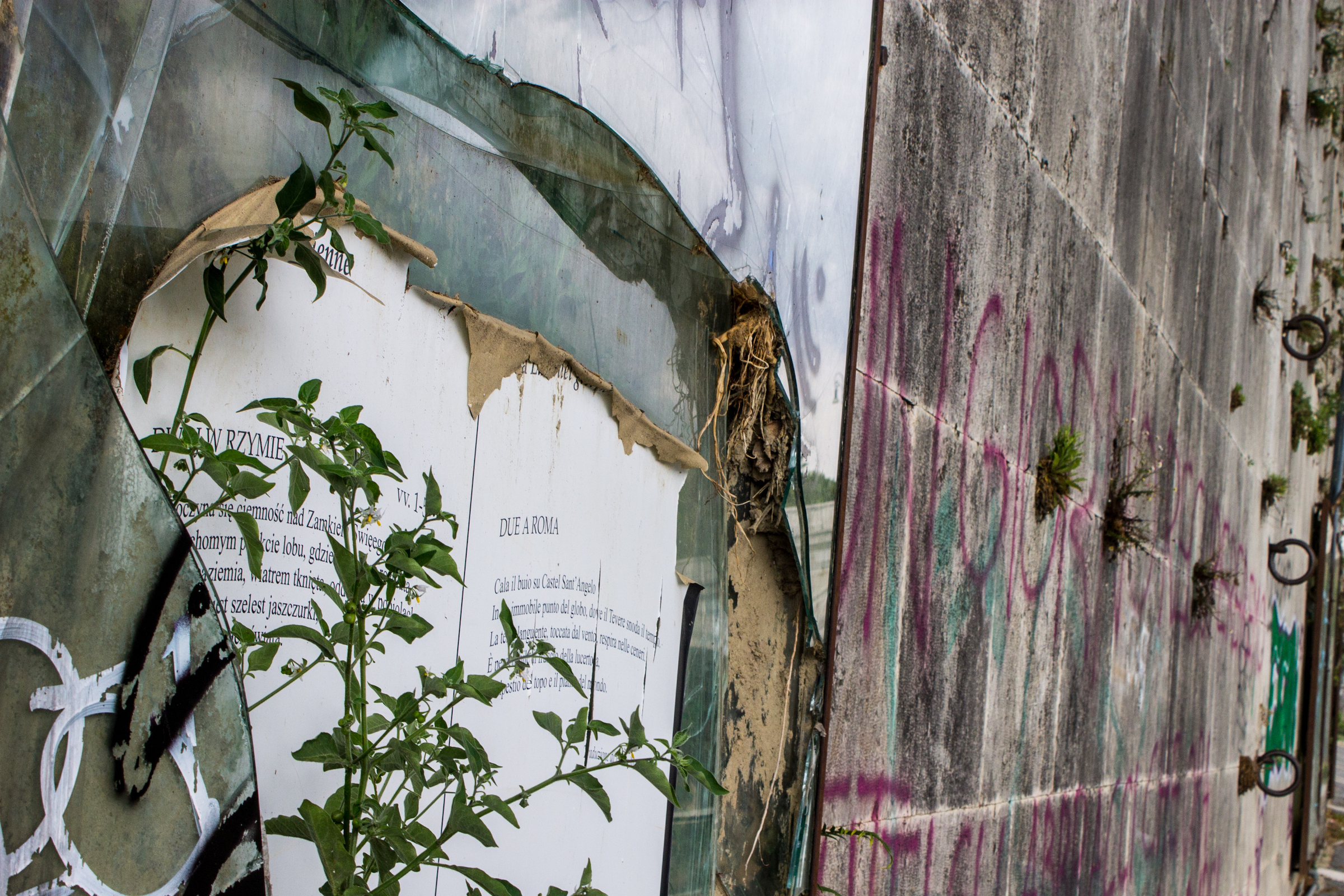…unlike the ghost of the past, who is often doomed to repeat the same actions and gestures, the future ghost is unpredictable; its radical potential lies in its instability.
—Ferreday and Kuntsman, “Haunted Futurities”
I tried to theorize haunting…[as] a case of rebellion, movement, a demand for a livable future…. I have always been interested in movement…and how to live otherwise than in the putatively inevitable repetition of the degradations and depredations that injure us…. I thought…we could locate some elements of a practice for moving towards eliminating the conditions that produce the haunting in the first place…[an] emergent rather than fatalistic conception.
—Avery Gordon, “Some Thoughts on Haunting and Futurity”
In The Communist Manifesto, Marx & Engels called out the phantasmagoric: “a spectre is haunting Europe: the spectre of Comm-unism”Karl Marx and Freidrich Engels, The Communist Manifesto, 1848, rpted. in The People’s Cube, February 26, 2009.—to signal the human capacity to change the conditions of our lives. More than a century later, my grandfather Joseph lived and died a committed socialist, leaving a spectral legacy that nuances my classed experience and propels my teaching: pushes me to ask what being and teaching this capacity to change lives might look like now.
Avery Gordon muses that haunting can bring “a certain retrospective urgency: the something-to-be-done feels as if it has already been needed or wanted before, perhaps forever…and we cannot wait for it any longer.”Gordon, “Some Thoughts,” 5. In this final section, I speak to how this class on class might illuminate ways to approach the “something-to-be-done,” with pedagogies of acting, reflecting, resituating, re-acting.
Alice Lesnick, who wrote so incisively above about education as de facto instruction in class hierarchy, also enacted an intervention in this dynamic: Her college-supported program, “Empowering Learners Partnerships,” offered a philosophy and model for tapping into everyone’s rich capacities, by connecting students with staff members as adult partners in teaching and learning. Partners learned about Islam, jazz, digital photography, social media, how to conduct online research; and developed greater awareness of each other’s lives.Lesnick, “Teaching and Learning in Community”; Alice Lesnick and Alison Cook-Sather, “Building Civic Capacity On Campus Through a Radically Inclusive Teaching and Learning Initiative,” Innovative Higher Education 35 (2010). Although powerful for many participants, the program is no longer active: institutional support receded, and there was fear about staff vulnerability.
This reminder of the precarity of individuals as well as of institutional interventions calls up vulnerabilities exposed during “InClass/OutClassed”: when students’ own access became visible in relation to others’ in our “Mapping Class Exercise”; when sharing their thoughts and hopes in public spheres generated push-back; when the high school student who dreamed of attending this college did not get in; when the housekeepers’ susceptibility to censure may have kept them from joining our workshop. If, as Alice asserts, education inherently stratifies by valorizing academic work, and if challenging this hierarchy exposes both complicities and susceptibilities, then we must work differently. Generating integration from the belly of higher education means moving forth in and from contradiction, generating multiple tactics, interventions arising from diverse, shifting positions that include a recognition of people’s precarities and positionalities.
In her introduction to Tactical Media, Rita Raley draws on the work of artist-activists to theorize alternative approaches to “revolutionary transformation”: She describes how they “critique and resist the new world order but do so from within by intervening on the site of symbolic systems of power.” These “campaigns comprise little tactics rather than bold strategies,“ Raley explains. “Critical Art Ensemble’s understanding of power as diffused, networked, multiple, and a-territorial… .‘us’ and ‘them’ are no longer permanently situated,” rendering “the phenomenon of resistance fleeting, ephemeral, and subject to continual morphing.”Rita Raley, Tactical Media (Minneapolis: University of Minnesota Press, 2009), 11, 13.
This description offers another way to read the forms of activism described in this chapter. Our students’ work with high school students, their on-campus workshop on class matters, their interventions into the class presumptions of academic writing are all “little tactics,” instances of “fleeting…resistance” that challenge a consensus reality that figures impact as large, lasting, widely recognizable, and exchangeable in discourse. These encounters arise and recede, shape-shift into others, ripple, submerge, erupt over time and across space.
Anne and I are teachers who hold radical beliefs in relation to social class, who are deeply troubled by the injustice of social class divisions—and who go to work every day on a campus filled with trees that surround majestic stone buildings, at a college that outsources the labor of maintaining this beauty. We are critical of the political and economic arrangements that make students who are lower-income, of color, of a non-traditional age, and/or of non-conforming gender less likely to be enrolled at this college; where those who serve the students have less power in the community than those who teach them; where conventional academic writing helps to maintain such class divisions. In a course aimed at cracking open presumptions about education and class, we also teach students to move through a system that keeps those presumptions in place. And yet this is a system where we ourselves thrive, as we have opportunities and resources to teach in ways that engage ourselves and our students in exploring alternative possibilities.
We teach to question and challenge the system we work within. Collaborate with colleagues and young people to access power to impact power. Practice not shutting down when we encounter institutional resistance. Wait for a moment to forge another path in—or out. Aim to be “accomplices” to our students, “compelled to become accountable and responsible to each other,”“Accomplices Not Allies: Abolishing the Ally Industrial Complex, An Indigenous Perspective and Provocation,” Indigenous Action Media, May 4, 2014: 6. in widening circles of writing, waiting, acting. Welcome hauntings as radical potentiality.

